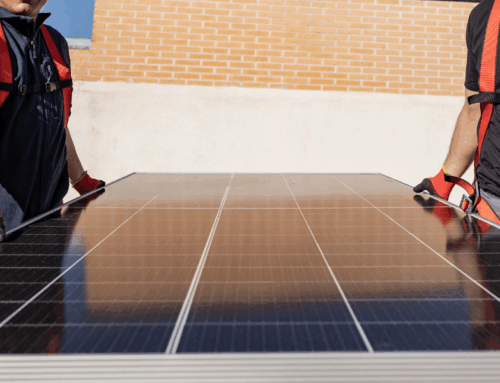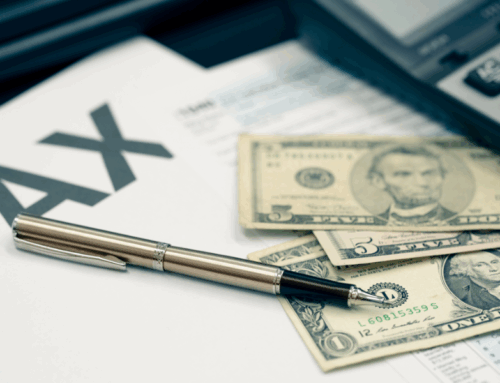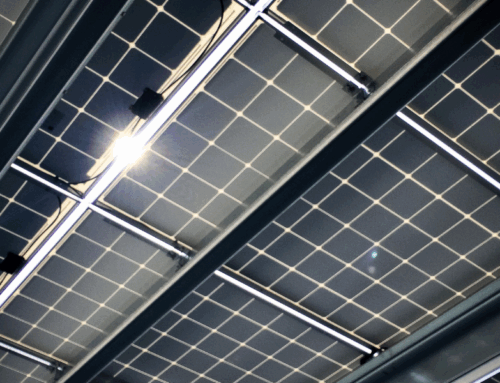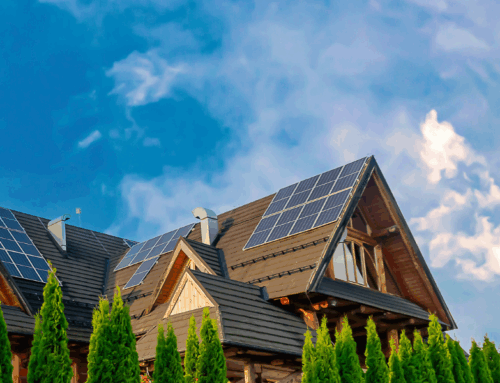Solar power helps homeowners save money on energy bills, so if you’re dreading those high electricity bills this summer, you may want to find out: How do I go solar?
It’s certainly a common question. Photovoltaic (PV) solar power is the fastest-growing type of energy in the world. In the U.S. alone, there are now 2 million rooftop solar systems on homes and businesses! Today, we’ll explain how to get solar panels on your house.
FIND A SOLAR INSTALLATION COMPANY
The first step is to find a solar company with experience in solar panel installations. Ask your neighbors who have solar and make sure to get customer references from the various companies. SunPower has an ever-expanding network of dealers who can help. Find out about the quality and efficiency of the solar panels that your installer recommends and the quality of their warranty, installations, and service.
Don’t expect an exact price quote at this preliminary stage. Every home has a different layout, roof pitch, and orientation to the sun trees and other obstructions near the roof and different types of roofing materials, all of which make every solar installation unique.
A reputable company will send a representative to evaluate your home in person and build a custom design just for you. SunPower uses a solar design software application so you can see what solar panels will look like on your roof and get an idea of how much you’ll save based on your current electric bills and the wattage of the panels you choose. You’ll talk over your current and future energy needs and discuss things such as whether the shade from your trees will require you to add a few extra panels.
REVIEW SOLAR PANEL FINANCING
Next, you’ll discuss financing options. Many people assume that a home solar system must be paid for upfront. However, this is not the case. There are several solar payment options that can help you go solar at home: loan, lease, or cash. For instance, our SunPower dealers can help craft a loan payment program where the payments are less than your current electric bill. The same can be true of a no-money-down lease, where customers essentially “rent” the system and use the energy it produces.
You might not know that getting solar panels on your house can be a tax break. Inevitably, turn to tax savings, thanks to the federal investment tax credit (ITC) available to those who purchase solar. But that 30 percent credit will start declining in 2020, so if you’re thinking of going solar and you want the full credit, you must have your system installed by the end of this year. This credit, combined with state and local tax credits, incentives, rebates, and easements, can help make solar systems more affordable. These programs change frequently and vary by location, but your local SunPower dealer will be familiar with the local incentives and can give you the scoop. You can also check out dsireusa.org for more details about your state’s policies.
Once you decide to proceed, your solar advisor will schedule your installation and figure out how to get solar panels installed efficiently on your home.
INSTALL YOUR SOLAR SYSTEM
Your solar advisor will optimize your system design to produce the most electricity possible — to help save you more money on your electric bill. That may include taking advantage of net metering (if it is available in your area), which provides customers credit for excess power your SunPower® system sends back to the local utility. When available, net metering can save homeowners hundreds of dollars on electric bills each year. Ask your local SunPower dealer for details about this.
Your SunPower-certified solar installer will also handle applications, permitting, including working with your HOA and dealing with your utility company. A project manager will keep you up-to-date on the process.
Installing home solar panels on your roof typically takes one to two business days. A small crew of installers will deliver your solar panels and installation equipment to your home and install the mounting hardware, wiring, panels, and monitoring hardware. Once they’re done, you’ll never know they were there!
The last step is an inspection by the utility or the local electric authority. Once permission to operate is granted, you’re all set to start saving money on your electric bill.
Going solar can be simple, and the benefits are clear. Once you go solar, you’ll have a home electricity system that not only shows your commitment to sustainability but can also reduce your monthly electric bills. With these cost savings, many U.S. homeowners pay off their solar systems within seven to eight years.
Because SunPower’s solar systems have an expected useful life of 40 years, that means for the vast majority of the system’s lifetime, you can keep a lot of money in your pocketbook.
Try our solar calculator to see how going solar at home can save you money.
This post originally appeared on the SunPower Resource Blog.









